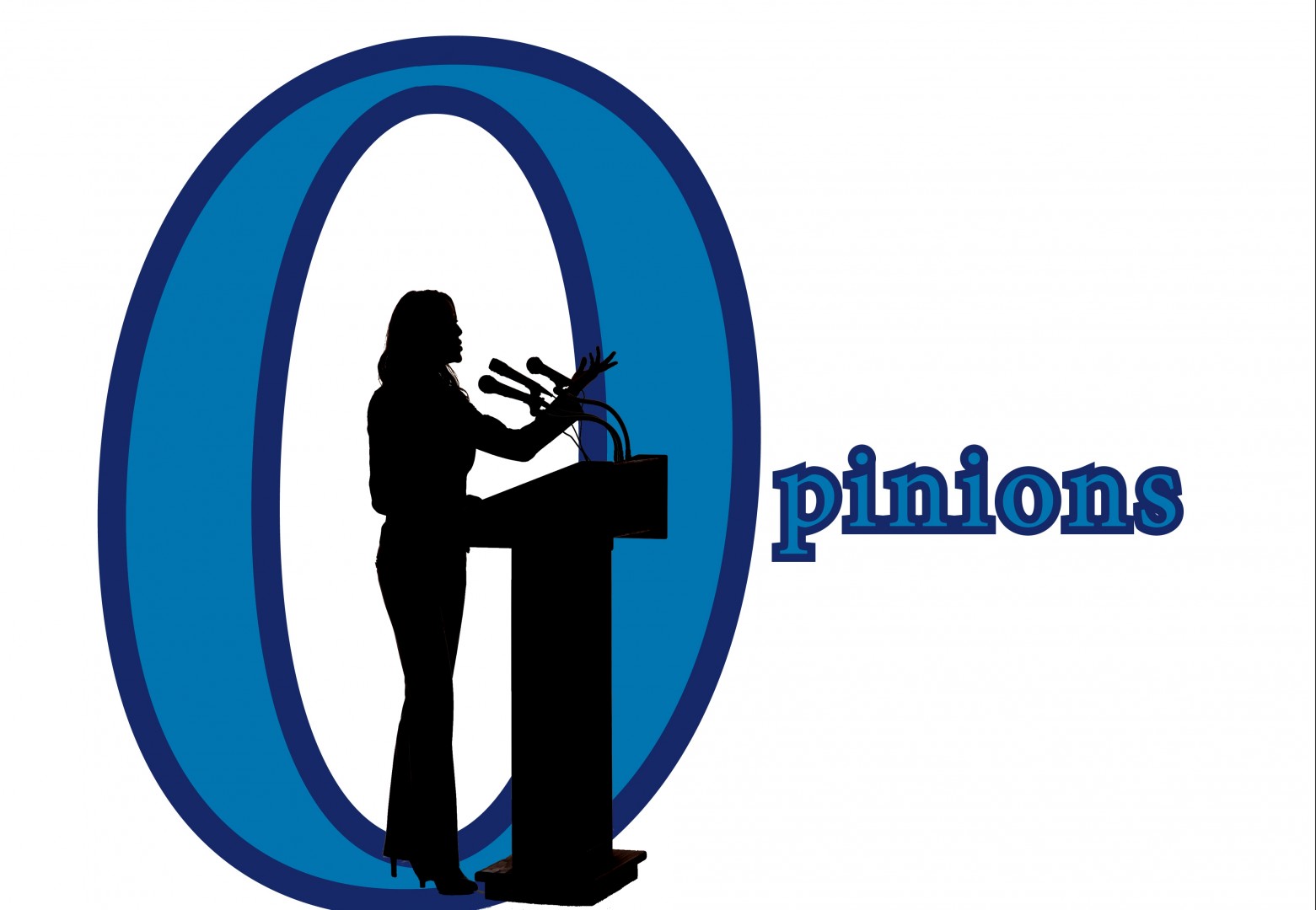Today is election day, when Americans from Miami to Anchorage will go to the polls to vote for their representatives, senators and president of the United States. Electing their representatives is fairly straightforward: whoever gets the most votes wins. For the presidency though, the process is far more complicated.the fun is just beginning.
The president is elected by the Electoral College, a Constitutional system in which each state is given a certain number of electoral votes based on the state’s population and representation in Congress.
Higher population states have more electoral votes, and lower population states have fewer. For example, Texas has 38 electoral votes while Colorado has 9. To win the presidency, a candidate must win 270 out of 538 possible electoral votes.
What does that mean about tonight’s contest? Everything.
Whoever wins the popular vote in each individual state is awarded all of its electoral votes, meaning Obama or Romney could make a very strong showing, achieving almost 50 percent of the total votes cast, but receive no electoral votes and thus be no closer to the presidency despite the millions of voters who supported them.
Most states vote overwhelmingly for one candidate or the other, but in a few states, roughly half of voters support the President while the other half of voters support Romney.
These are so-called “swing states,” which can swing to either candidate because the popular vote is very close.
These states have received plenty of candidate visits and an influx of advertising money in an attempt by the candidate to win its popular vote and its electoral votes.
The most hotly contested swing states this year include Colorado, Florida, Iowa, Nevada, New Hampshire, Ohio, Virginia and Wisconsin.
Despite Romney leading in most national polls, he is down in most swing states, meaning he has a pretty good chance of winning more votes than Obama but losing the election because the Electoral College will most likely favor Obama.
Is that fair? Well, with the Electoral College it would be, just as it has been many times in the past. In 1824, 1876, 1888 and most recently in 2000, the candidate who won the popular vote did not become president because of the Electoral College.
Despite many attempts to modify or abolish it since the 19th century, the system still remains. Currently, the National Popular Vote effort is rallying support for a compact ratified by individual states’ legislatures petitioning for the popular vote to elect the president. Now is the time to do so, once and for all.
The Electoral College was created by the Founding Fathers to allow for electors chosen by state legislatures to choose the president because they did not trust citizens choice for a president. Southerners were also strongly in favor of the system because they received a louder voice at the national level.
It is time to abolish this age-old system. The sad truth is that the amplified importance of swing-state voters created by the electoral college renders other voters feeling impotent and reduces voter turnout in non-swing states.
In any given year, only the approximately 25 percent of Americans living in swing states have a louder voice in choosing the nation’s leader. This is not only unfair, it is not right in a democracy where each citizen should have an equal say in their representation.
This skewed, winner-take-all-system needs to be abolished and replaced by a far less complicated and more transparent method that is less susceptible to fraud and manipulation: whichever candidate garners the most votes wins the presidential election.
Tonight, this centuries-old system will be put to the test in what promises to be one of the closest presidential elections in history.
Will the popular vote winner also win the Electoral College and the presidency?
Or will the system choose the candidate who has won fewer votes?
Maybe tonight will supply the will to abolish this system.










